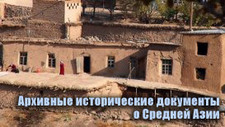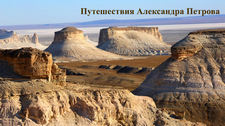1989–2025 ©. “Silk Road Adventures” - все путешествия и услуги по Центральной Азии.
Использование текстов и фотографий с сайта “Silk Road Adventures” возможно только при указании источника. Данный сайт носит исключительно информационный характер и не является публичной офертой.
“Silk Road Adventures” - all travels and services in Central Asia.
Use of texts and photographs from the “Silk Road Adventures” website is possible only if the source is indicated. This site is for informational purposes only and is not a public offer.







